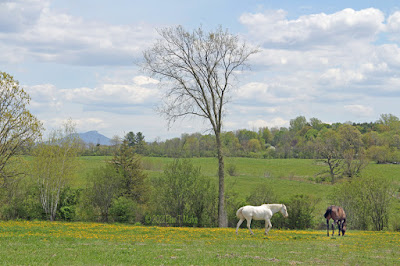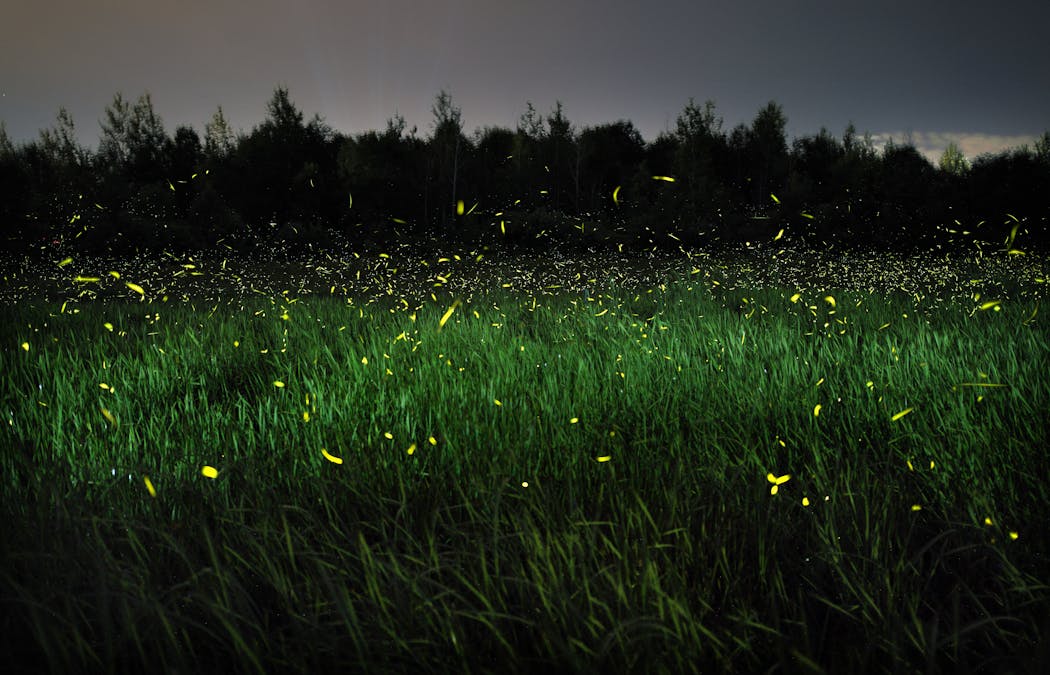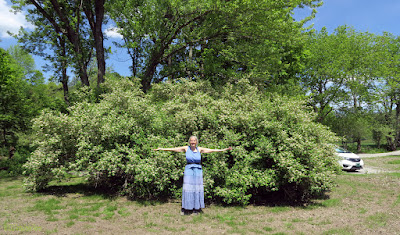Horses Looking My Way
In Front Of One Of My Favorite Barns.
Haflinger Horses Amongst Wildflowers
Haflingers are known for their distinctive chestnut coloring and flaxen mane and tail, and originated in the Tyrolean Mountains, which run between Italy and what is Austria, today.
Horses Amongst Wildflowers
Horses Enjoying Autumn
Horses In Monkton
Horses With A View Of Camels Hump
Horses With A View Of Camels Hump
Horses With A View Of Camels Hump
White Horse Perfection
White Horse With A View Of Camels Hump
Baby Pony & Mom
A Sweet Adorable Pony In Front Of A Lovely Stone House
Carolina laying on Jackson's back after uncle Matt put her up there, while Reba & Jackson are taking a rest and snack break during sugaring. So cute and not an experience I ever had as a little girl.
Sugaring the old fashioned way
at the Russell Family Sugarhouse. Matt takes Jackson & Reba out to collect sap while sugaring. This Sugar House is over 150 years old. The tin on the roof of the older section on the right, was given to farmers and sugarers by the local newspaper when they were done using them for printing, many years ago.
My photographs are available for purchase through https://elisecreate.wixsite.com/mysite
Thanks for your visits, favs and comments. As always, appreciated very much!
© all rights reserved by Elise T. Marks. Please do not use this image on websites, blogs or any other media without my explicit written permission.
© all rights reserved by Elise T. Marks. Please do not use this image on websites, blogs or any other media without my explicit written permission.






































